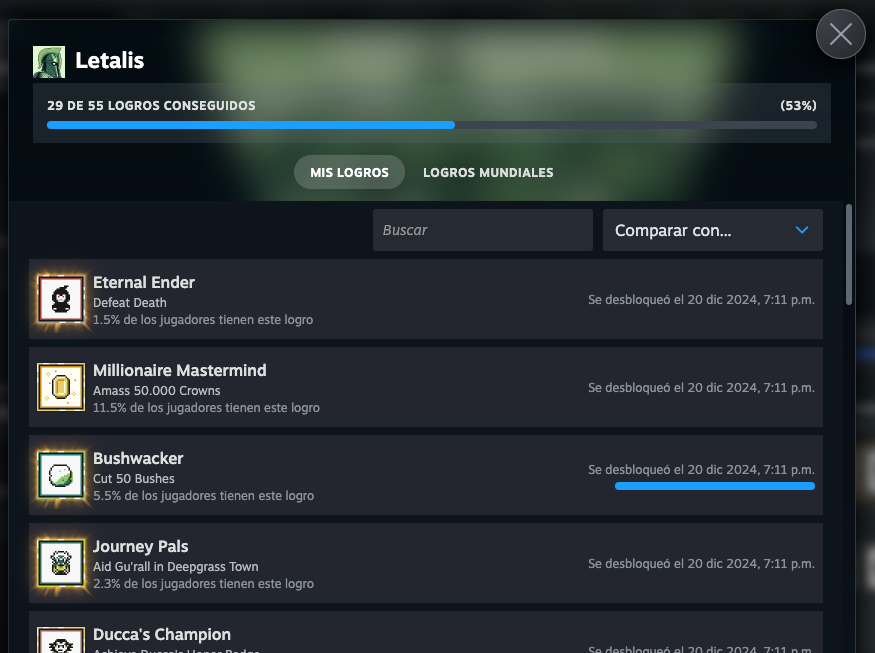Tech Stores: Achievements Manager
Achievements are a core part of many games, providing players with rewarding milestones that acknowledge their progress, skill, and dedication. When we set out to implement an achievement system for our Steam game, we had to design a robust manager that would seamlessly track and update achievements while ensuring flexibility for future expansion. Here’s a look at how we approached this challenge.
Designing and Configuring Achievements in Steam
Before implementing our achievement manager, the first step was to design and configure all the achievements within Steam itself. This involved determining the key milestones and successes that we wanted players to be rewarded for. We considered factors such as skill-based challenges, progression markers, hidden secrets, and long-term engagement goals.
Once we identified the achievements, we configured them within Steam’s backend, ensuring that each had a unique identifier and was properly categorized. Steam provides an API to handle achievement tracking, so our goal was to build an internal system that would seamlessly communicate with this API.
Integrating Achievements with Player State
Our game already featured a comprehensive Player State system, which maintains a real-time picture of everything the player has accomplished since the game started. This existing system was instrumental in our achievement tracking, as it allowed us to monitor key events and actions without the need for redundant data tracking.
By leveraging the Player State, we could:
- Efficiently check which milestones had been reached.
- Keep track of specific game conditions tied to achievements.
- Verify achievement progress dynamically based on in-game actions.
This approach ensured that our achievements were updated in real-time and reflected an accurate representation of player progress.
Tracking and Updating Achievements
To maintain performance and accuracy, we implemented a structured method to track player progress against achievements.
Steam API Integration: If an achievement was earned, we updated its status in Steam using the appropriate API calls, ensuring synchronization between our internal game logic and Steam’s backend.
Ensuring Cross-Platform Compatibility
While Steam was our initial target, we wanted to future-proof our achievement system to support additional platforms if needed. To accomplish this, we built an abstraction layer between our game logic and the Steam API.
This abstraction layer allows us to:
- Quickly adapt the achievement system for other platforms, such as console or mobile markets.
- Maintain a consistent interface for tracking and updating achievements, regardless of the platform.
- Reduce dependencies on a single service, giving us greater flexibility for future expansions.

Final Thoughts
Building an achievement manager for our Steam game was a rewarding challenge that required thoughtful integration with our existing Player State system. By designing a flexible and efficient approach, we ensured that players receive timely and accurate recognition for their in-game accomplishments. Moreover, by adding an abstraction layer, we future-proofed our system to support additional platforms down the line.
Achievements are more than just rewards; they enhance the player’s experience by giving them goals to strive for. With our robust achievement manager in place, we’re excited to see players push themselves to unlock every challenge our game has to offer!
